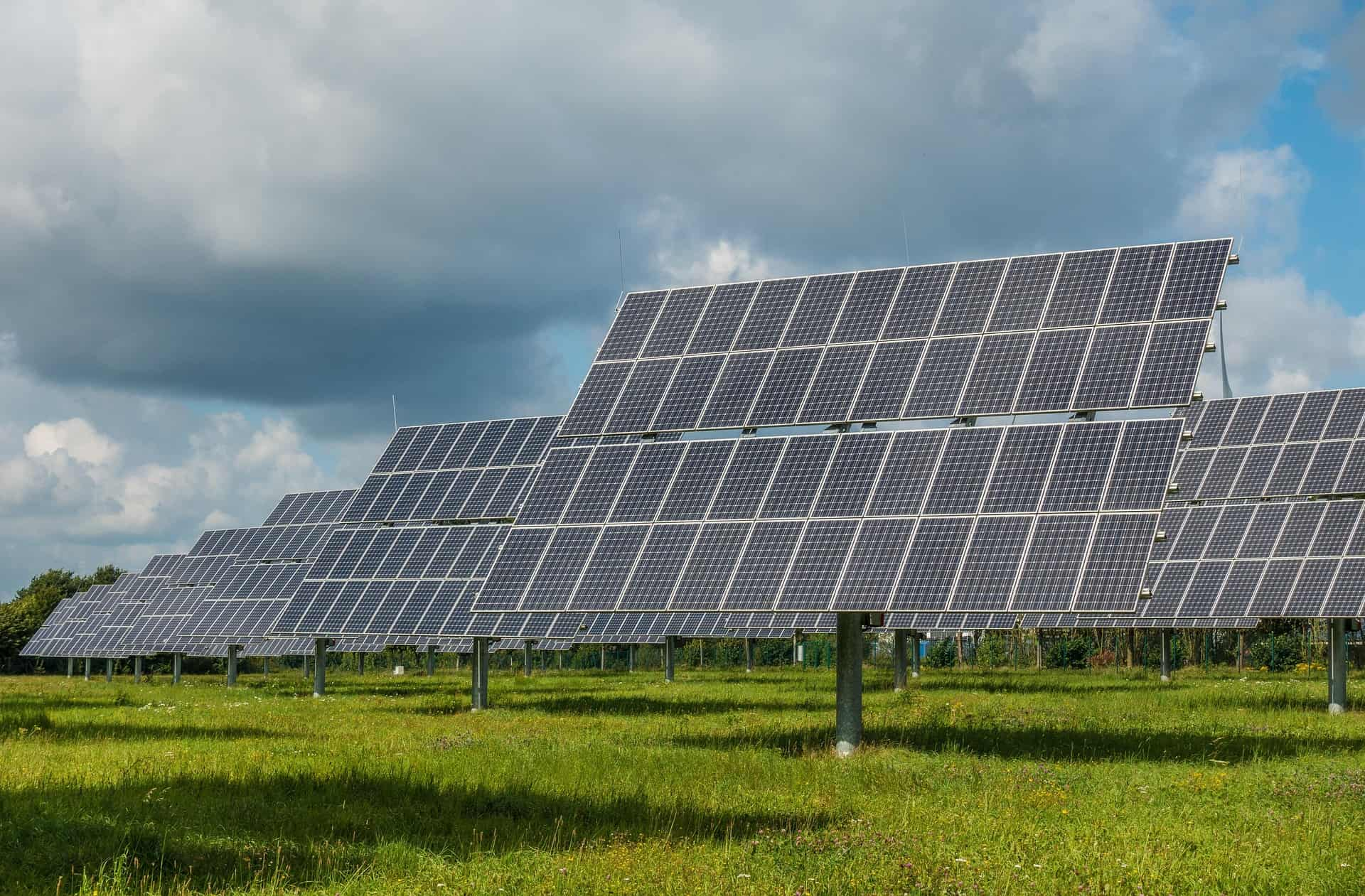Across outback Queensland, distance and isolation make it difficult to supply reliable electricity. Many communities are hundreds of kilometres from the nearest substation, while others depend entirely on diesel generators.
With fuel costs rising and maintenance becoming more complex, localised energy systems such as solar-powered microgrids are becoming a practical alternative.
Modern microgrids can combine local solar generation, battery storage and intelligent controls. The result is reduced diesel use, greater stability and lower ongoing costs.
Designing fit-for-purpose microgrids
Queensland’s diverse outback terrain poses a range of technical challenges — from harsh heat and seasonal flooding to limited road access. Standardised grid solutions often fail to meet these conditions, so engineers focus on modular systems that can be delivered in segments, configured on site, and remotely monitored once installed.
Microgrids in remote Queensland communities typically begin with a solar photovoltaic (PV) array sized for the community’s average daily demand. Engineers pair this with lithium-ion or flow batteries to store excess energy during the day and dispatch it overnight or during cloud cover. A backup diesel generator rounds out the system, kicking in during sustained outages or battery depletion to ensure uninterrupted supply.
Remote Queensland communities such as Doomadgee, Mapoon, and Thursday Island are now powered by hybrid microgrids that combine large-scale solar photovoltaic arrays with advanced battery storage and backup diesel generators.
In Doomadgee, a 1.26MW solar farm and a 4,000kWh battery system have reduced annual diesel consumption by up to 680,000L, while maintaining reliable electricity for both homes and critical infrastructure. These tailored systems demonstrate how engineered solutions can sustainably meet the unique energy needs of outback towns.
Remote telemetry and automation are core components of these systems. Control platforms predict demand surges and adjust charging patterns based on weather forecasts and historical use, helping to avoid blackouts and reduce maintenance by preventing generator overuse.
Local capacity and long-term planning
Delivering long-term energy stability in remote areas also depends on training, supply chains, and community engagement. Engineers work directly with local councils, Aboriginal communities, and regional utilities to coordinate implementation and maintenance.
Training programs in partnership with TAFE Queensland and renewable energy firms are growing local skills in battery management, inverter maintenance, and electrical safety. These efforts reduce dependency on fly-in technicians and improve system uptime.
As populations grow and new facilities — like water treatment plants and digital networks — come online, microgrids must scale. Engineers design modular batteries and solar racks so capacity can increase without replacing core hardware.
Climate resilience is also a key priority for power systems in remote Queensland, where extreme weather events are common. Installations in flood-prone regions such as Doomadgee and Cape York prioritise robust designs to protect against flooding and other weather extremes.
These systems also use elevated equipment, shade structures, and enhanced ventilation to minimise heat stress and ensure reliable operation in harsh conditions.
Towards a distributed energy future
As microgrid technology matures, remote energy strategy is shifting from reactive service provision to proactive energy planning.
Communities like Birdsville and Boulia, which have long relied on diesel alone, are now evaluating renewable upgrades. In Winton, solar thermal trials have explored whether heat-driven generation could supplement solar PV in arid zones.
While not all projects reach commercial scale, each case study builds a clearer picture of what works and what not.
Queensland’s unique geography calls for flexible, engineered solutions. Microgrids allow remote towns to take greater control of their energy supply while reducing emissions and building local resilience.
As more systems come online and lessons are shared across regions, these outback solutions are becoming a vital part of the state’s energy mix.
Engineering is everywhere
Engineering shapes our world, influencing every aspect of our lives: housing, transport, food and drink, technology and communication, art and entertainment, the news media, health, education, finance, and more. Follow this blog series as we continue to explore.
